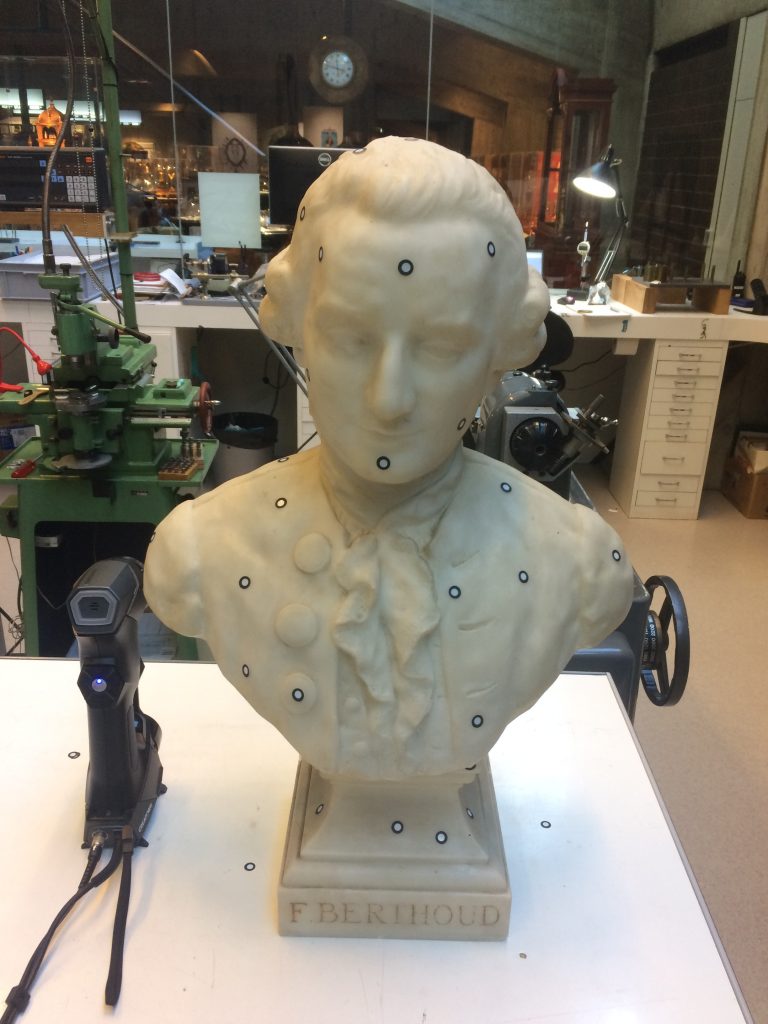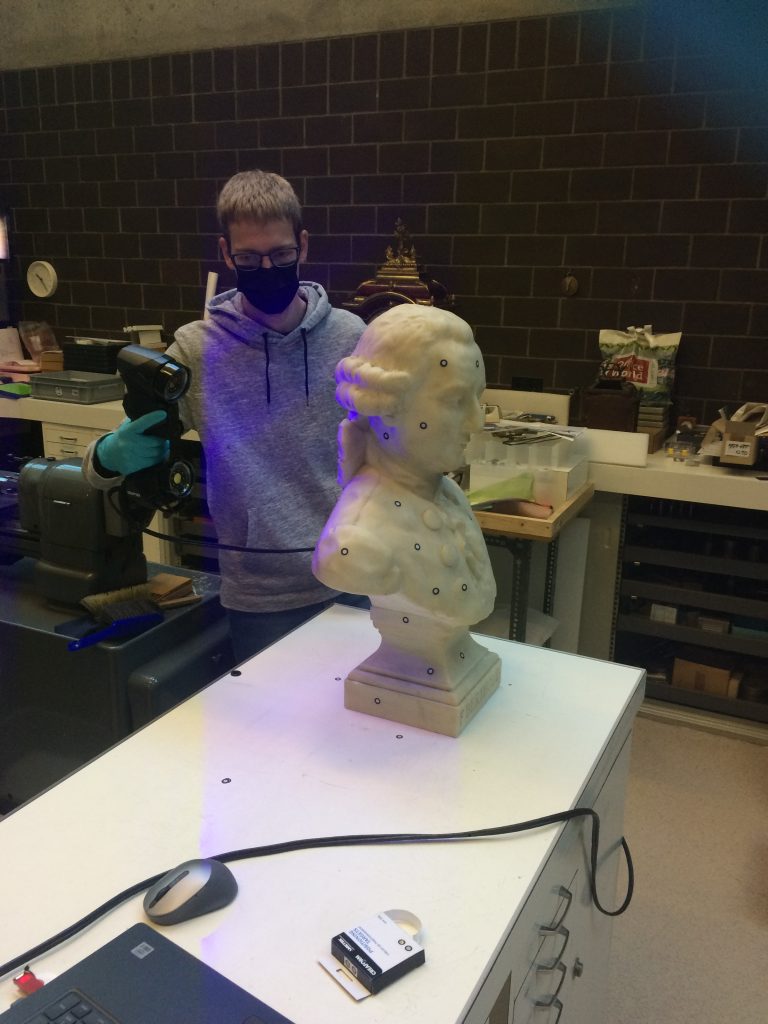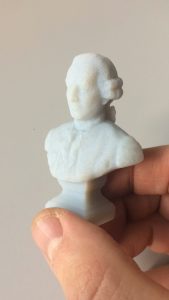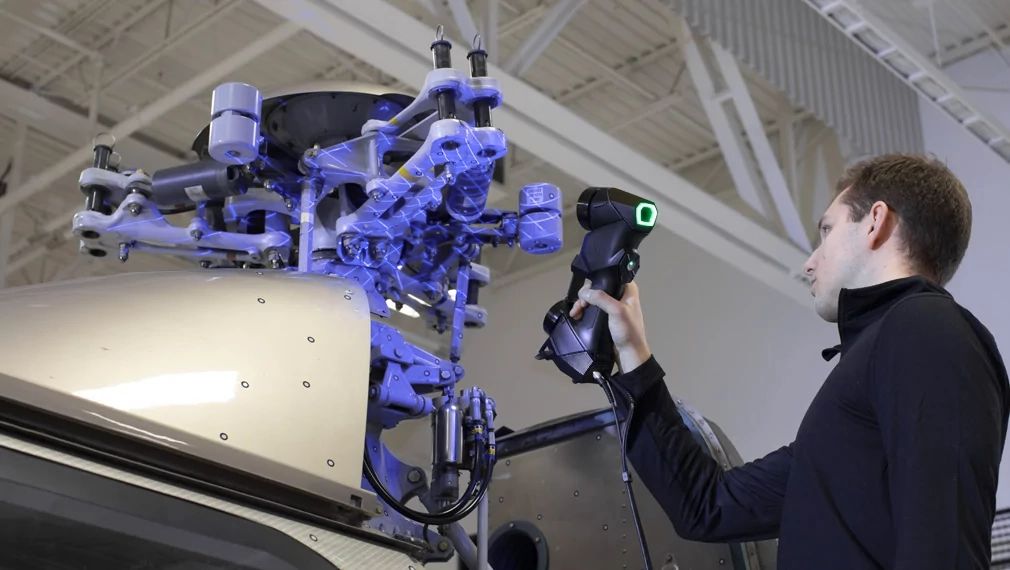July 24, 2024
Improving Vessel Integrity at a Refinery thanks to Advanced 3D Scanning Technology See the articleFor several years, education has been a priority at Creaform. For us, there is no doubt that teachers and researchers must have access to the latest 3D measurement technologies in order to train the next generation of engineers and designers.
It is with this in mind that Creaform has, in 2021, initiated a collaboration with the Pôle Technologies et Industrie (Pôle TI), a technical training center in the Neuchâtel region of Switzerland.
What the school does
The Pôle TI in Le Locle offers training in mechanics, computer science, automation, automotive mechanics, microtechnology and watchmaking – a specialization that lies at the heart of Switzerland’s heritage.
The Pôle TI is part of the Neuchâtel vocational center, which is active in fields as diverse as commerce, health, construction and applied arts.
The requirements and the material used
In April 2021, the prototyping center of the Pôle TI acquired a HandySCAN 3D|Black Series scanner. At that time, the school had never worked with 3D technologies and was facing different challenges: the Pôle TI wanted to teach reverse engineering and was able to do it in 2D but not in 3D, for example.
Following the acquisition of the 3D scanner, the theory master (teacher) Mr. Damien Grob was able to test the 3D scanner in self-taught mode, with the help of a Creaform application engineer. (Read more about how to choose your 3D laser scanner with our buyer’s guide)
Then, in June, the Pôle TI team received a one-week formal training to “develop the right reflexes and better understand the settings of the device,” explained Mr. Grob. Throughout the process, the Pôle TI felt supported by the Creaform team, which provided regular follow-up, as well as information and advice.
To obtain quality STL files, the Pôle TI also used Creaform’s VXmodel software. VXmodel is a post-processing module that allows the optimization of meshes and the preparation of 3D scans for other applications, such as 3D printing.
The integration of the 3D scanning project in a diploma accreditation work
At the time of the acquisition of the HandySCAN, Yoan Jeanfavre was a student at the Pôle TI, candidate for a Technicien ES in Microtechnique diploma, with a Design and Industrialization speciality.
Having shown a keen interest in the 3D scanning project, Mr. Jeanfavre was mandated to carry it out. Not only did he follow the training with Creaform, but he also performed several small scanning jobs with the HandySCAN 3D|Black Series to better ascertain its features.
This work, as well as the writing of a report containing parameters and recommendations, was integrated as a diploma accreditation work for Mr. Jeanfavre, who was “very motivated to use this equipment, with futuristic aspects.”
An application case: the scan of the bust of a famous watchmaker
To gain insight into 3D measurement technologies, Jeanfavre digitized, among other things, the bust of Ferdinand Berthoud, an 18th-century Swiss watchmaker and timekeeper considered one of the greatest of all time. The bust in question, sculpted in white marble and about 75 cm high, is located in the Musée International de l’Horlogerie in La Chaux-de-Fonds, located in the Canton of Neuchâtel.
After the scan, Mr. Jeanfavre created an STL file, using VX-Scan and VX-Model. He explained that “this work allowed us to demonstrate the power of this 3D scanner and the possibilities it can offer. The result is simply impressive: some details that are practically invisible on the sculpture appear very clearly on the scanned model,” he added. The Pôle TI team particularly appreciated the fact that the HandySCAN 3D|Black Series is so performant on an object “with relatively complex shapes, and reflective surfaces”.
From the file obtained, the Pôle TI now plans to produce a 3D print of the bust. It is possible to imagine that Mr. Berthoud himself, since he was known for his rigor and his scientific approach, would surely have fully appreciated this advanced technological project!
HandySCAN|Black Series applications for the Pôle TI
Following this positive experience, the Pôle TI wants to continue training its students in 3D scanning and develop applications in the field of prototyping, such as 3D printing, CAD/CAM and CNC machining.
For the technical school, the HandySCAN 3D “has opened up new avenues for various applications that were previously impossible to do”.
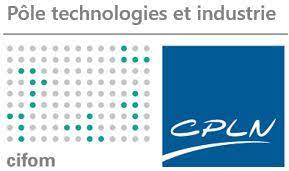 |
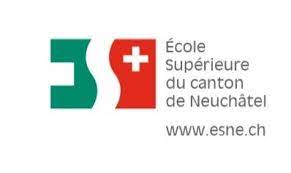 |

